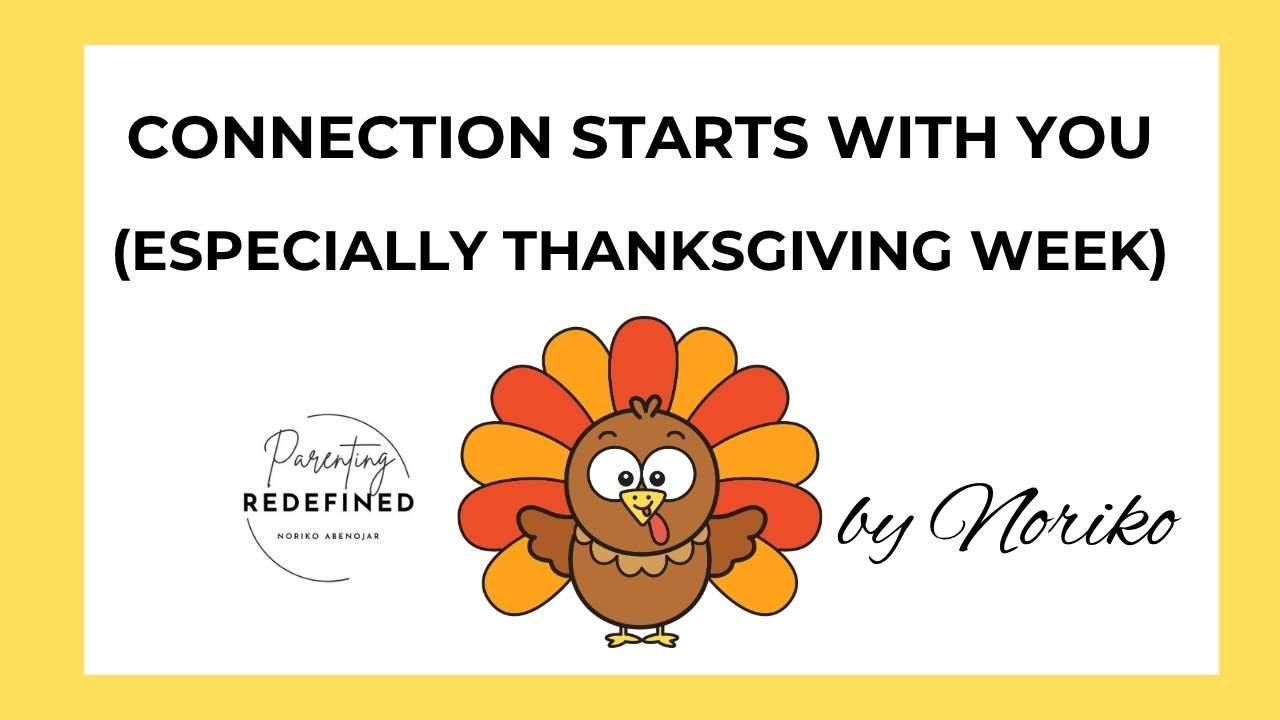Emotional Regulation Through the Holidays
The holidays bring opportunities to connect with family and create special memories, but they can also be overwhelming for kids and parents. Here are three strategies with examples to help your family navigate the holidays.
Focus on the basics:
a) In preparation: What can you do to maintain baseline regulation
b) In response: What can you do to get back to baseline as quickly as possible
**These are useful for stay-at-home days, travel days, and family get together days.
1. Set 1-3 Non-Negotiable Reset Points Each Day
While holiday schedules are often flexible and unpredictable, it’s helpful to establish a few fixed reset points throughout the day. These moments give everyone a chance to recharge, no matter how full the day is.
Examples of Time-Specific Reset Points:
* Do one or more of these:
12:00 PM: Take a break from extended family to have a picnic lunch at the park with just mom and dad before returning to the gathering.
3:00 PM: After a day out with grandparents, have a hard stop to return to the hotel or home for some quiet time, such as reading books or playing a calming game, before rejoining the family for dinner.
8:00 PM: No matter how busy the day has been, stick to a predictable bedtime routine, such as a warm bath and a short story, to help wind down from the excitement.
These reset points create predictable pockets of calm for kids and parents alike, helping everyone feel more grounded.
2. Create a Chill-Out Space Wherever You Go
New environments, busy gatherings, and unfamiliar people can be overwhelming for kids. Having a designated "chill-out space" provides a safe retreat where they can decompress when needed. Let your child know it’s okay to use these spaces whenever they need a break, empowering them to self-regulate.
*It is important to identify these areas BEFORE it is needed. Talk to your child, get their input, and set this up as soon as you get there.
In Someone Else’s Home: Ask the host and find a quiet bedroom or cozy corner where your child can relax with a book, music, podcasts, or calming toy.
Outdoors: Pick a tree to be near, place a blanket on the ground where your child can go to, or place a chair specifically for that reason. Step outside for fresh air or a short walk to give your child a sensory break from the noise and activity.
In the Car: Keep comforting items like a blanket or fidget toy in the car. The car might be your only private space for you and your child.
3. Use a Visual Schedule to Start the Day
Uncertainty about what’s coming next can create anxiety for kids (& parents!). A visual schedule helps them feel secure by outlining the day’s events. A visual schedule doesn’t need to include every detail—just the major points to provide structure and help kids feel more in control.
Examples of Visual Schedules:
Simple Written Schedule: Use a notepad to write out the day’s key events (e.g., “9:00 breakfast, 12:00 lunch at the park, 4:00 free time, 6:00 dinner with family”).
Picture-Based Schedule: Draw or use printed icons to represent events like meals, playtime, and rest for younger kids.
Sticky Note Timeline: Write events on sticky notes and peel them off as they’re completed to help kids visualize what’s next.
As Thanksgiving approaches, take a moment to reflect on your wins as parents of children who face challenges with transitions, emotional regulation, and social skills. Remember, you are your child’s first teacher and social skills coach. By modeling good communication, limit setting, and follow through, you are laying the foundation for their success.
I often say, “Your child will not be more regulated than the least regulated parent.” Remember to take care of your own well-being so you can be present and supportive for your child during this busy holiday week.
Wishing you and your family a warm, joyful, and connected Thanksgiving!
With gratitude,
Noriko Abenojar, MSW PPS
Parenting REdefined




